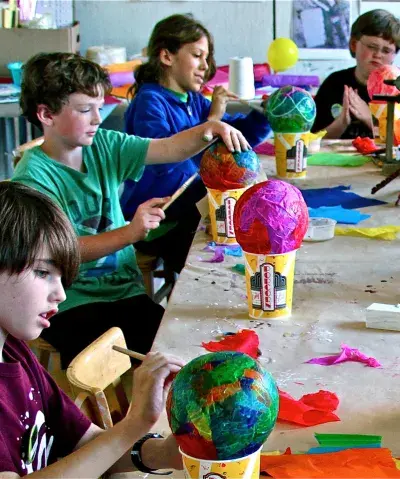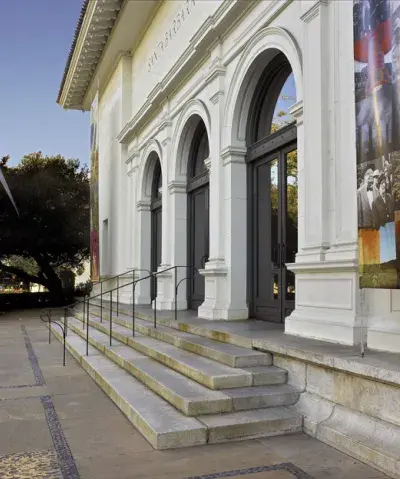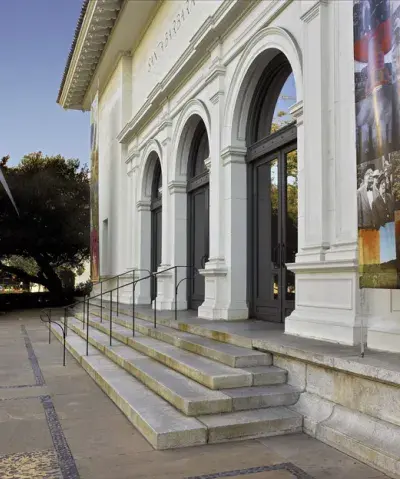Paths of Gold: Japanese Landscape and Narrative Paintings from the Collection
This exhibition examines the aesthetics of Japanese art within both private and public interiors by showcasing nine folding screens, two scroll paintings, and examples of lacquerware selected from SBMA’s permanent collection, supplemented by two local loans. The most impressive within the presentation are the screens, dating from the late 16th through the 19th centuries, featuring views of famous places, romanticized historical figures in landscapes, animals, and birds or flora of Japan. Screens were changed seasonally in a traditional Japanese household, selected specifically for a celebration, a gathering of like-minded friends, or a political assembly. A gilded screen enhanced the ambient light in a room, and at the same time, impressed, or even humbled visitors as it reflected the wealth or status of the patron. Also among the treasures in this exhibition is a lavishly decorated 17th-century set of three handscrolls, attributed to Tosa Mitsuoki and illustrating The Tale of Bunshō. Painted with exquisite mineral pigments and gold, the elegantly written calligraphy and pictorial segments narrate a story on the rise of the merchant class and the struggles of women.
- Galleries:Colefax,Davidson,
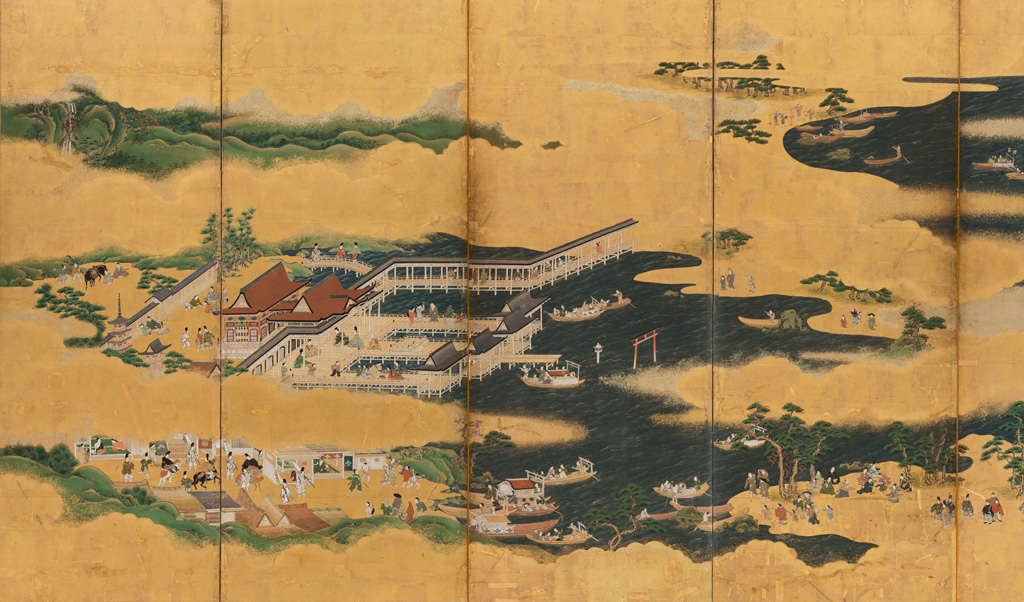
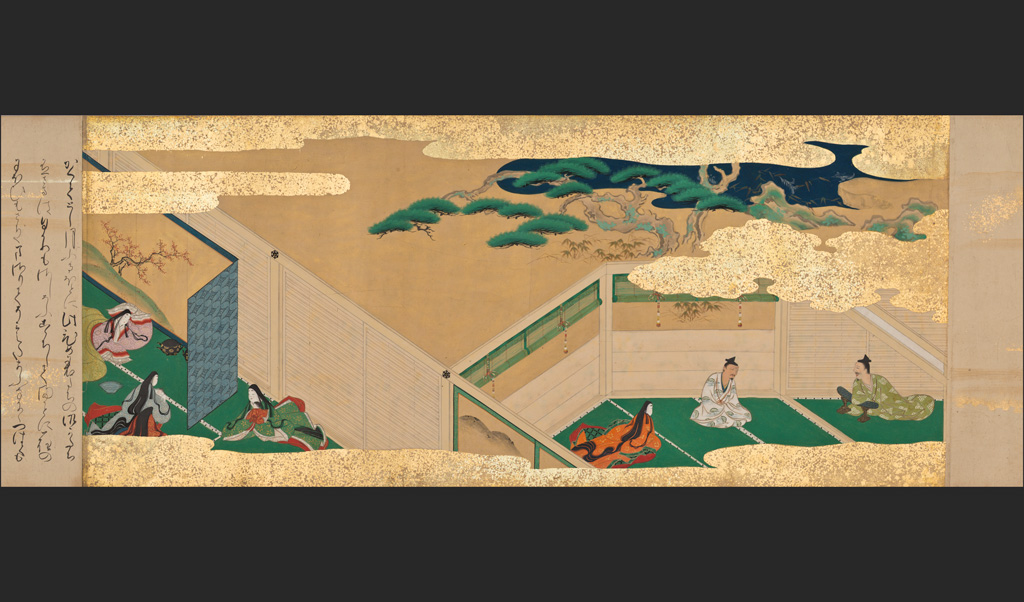
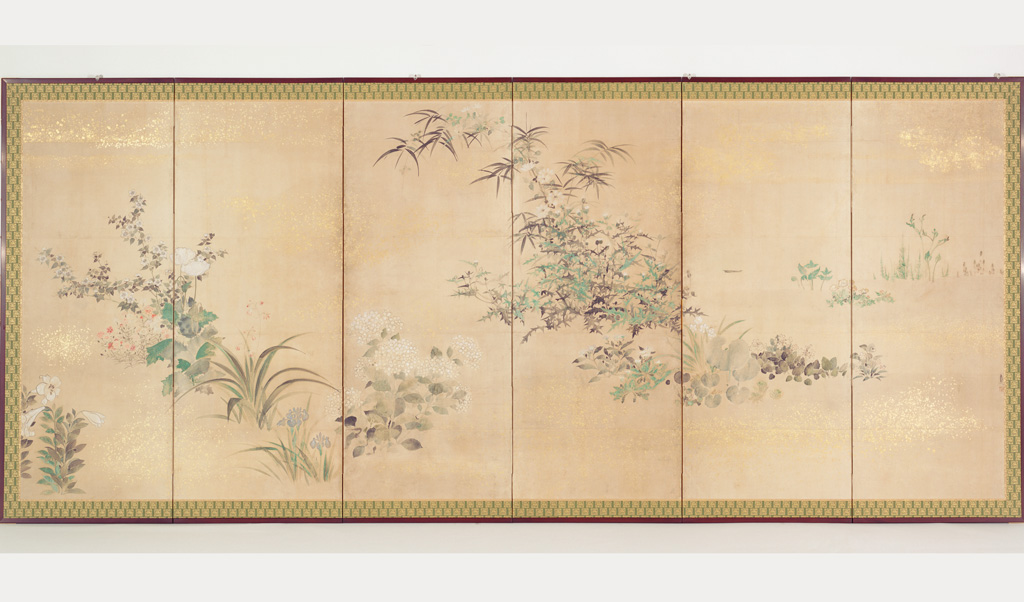
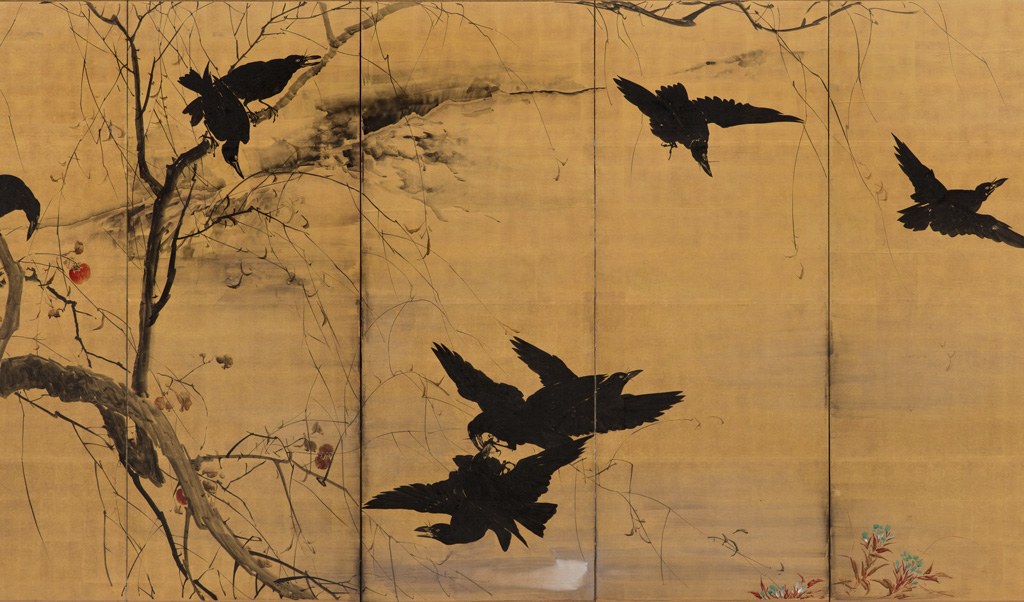
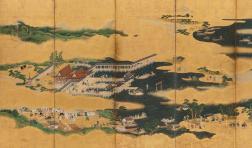
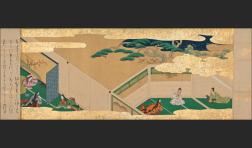



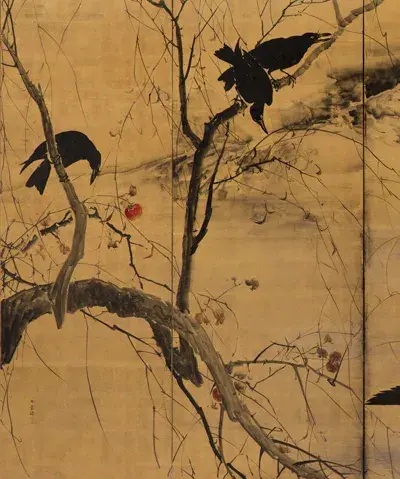

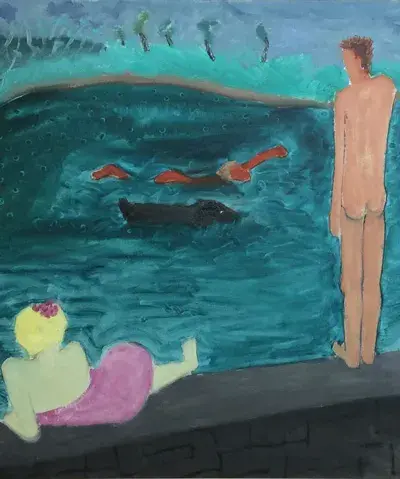
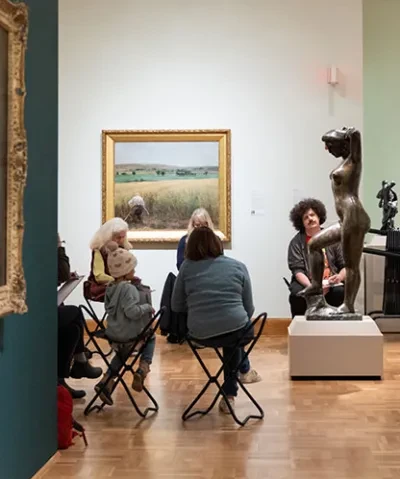
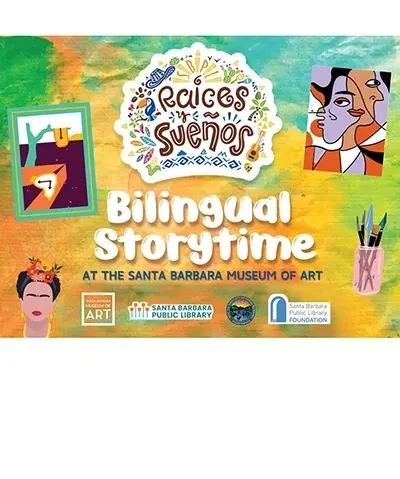

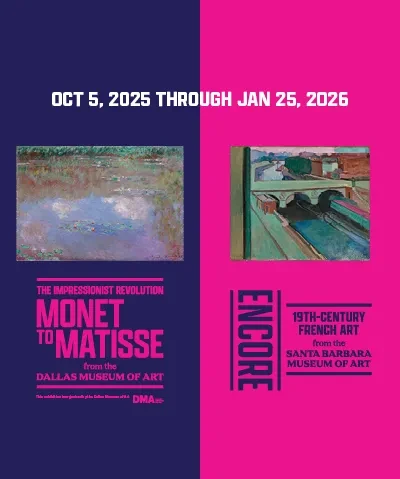
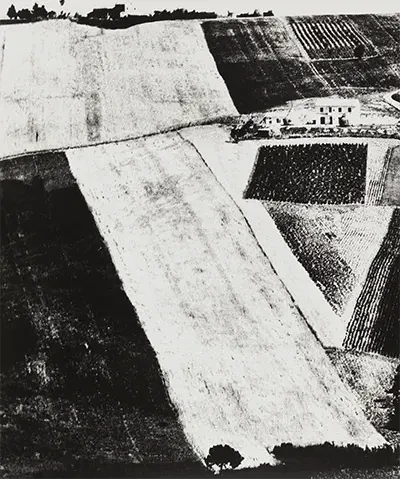
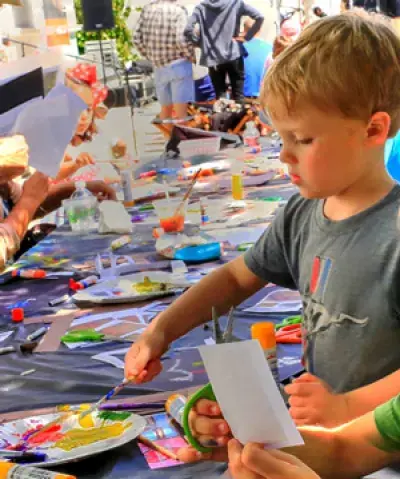

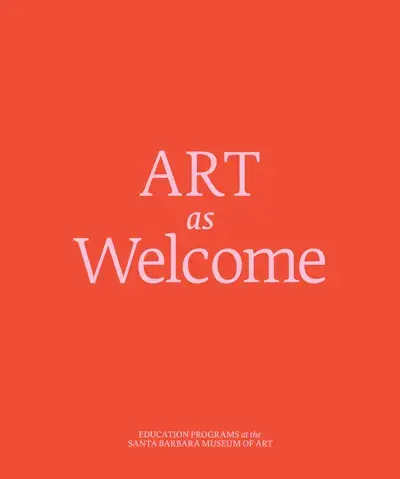
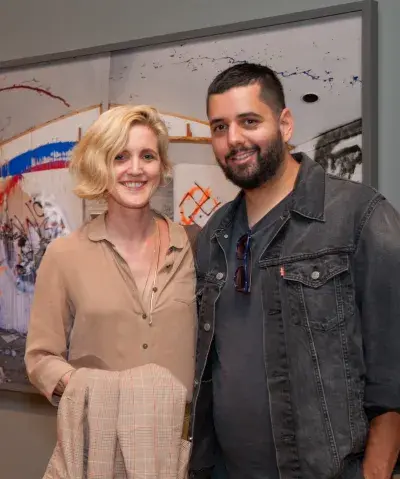
![memberseve[1]](https://www.sbma.net/sites/default/files/styles/menu_thumbnail_400_480/public/menu/memberseve%5B1%5D.jpg.webp?itok=hIz01lpc)
